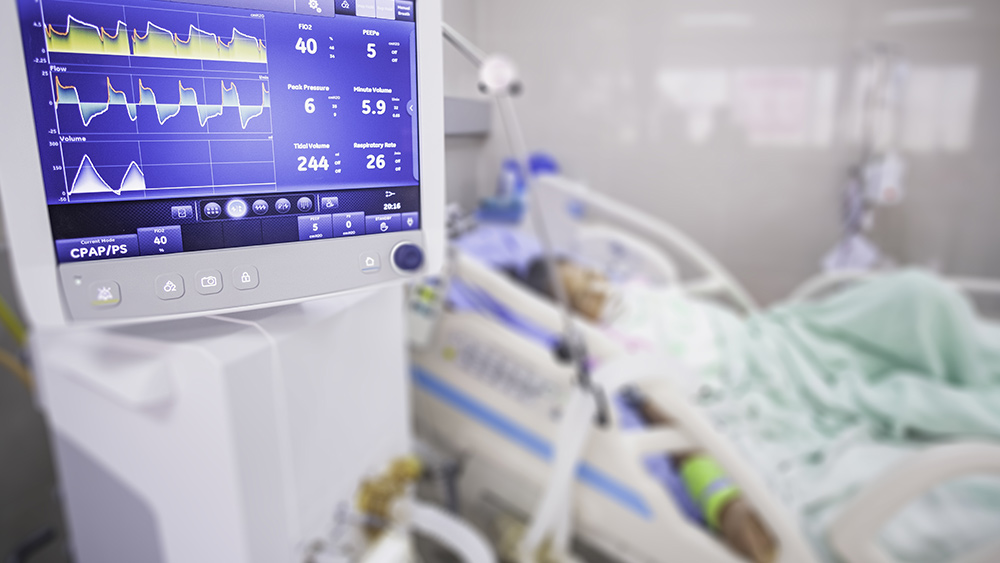
The two men, both aged 42, were diagnosed with COVID-19 in January while working as physicians treating patients at the Wuhan Central Hospital in the epicenter of the outbreak. They were transferred between different hospitals after becoming gravely ill, and after being placed on life support, their skin color changed dramatically.
The transformation is being attributed to hormonal imbalances resulting from liver damage sustained but the virus, according to Chinese state media. However, one of the men in question, Dr. Yi Fan, who is a cardiologist, suspects that a drug they were given at the beginning of their treatment is behind the effect. The drug was not named.
Dr. Yi was hooked up to a life support machine known as an ECMO for 39 days. The machine pumps and oxygenates a person’s blood outside of their body much in the same way that a heart-lung bypass machine does in open-heart surgery.
The doctor said he was scared when he first learned of his condition and had frequent nightmares. Although he’s now able to move around normally in his bed, walking without support is a struggle.
The other affected physician, Dr. Hu Weifeng, was bedridden for 99 days and was very weak after his surgery. The urologist underwent ECMO therapy for 45 days and recently regained his ability to speak.
His physician, Dr. Li Shusheng, said that the patients should return to their normal skin tone once their liver function improves. In addition to their medical treatment, they’re also being given mental health support.
The two doctors had both worked with Dr. Li Wenliang, the whistleblower who first drew attention to the virus and later supposedly died from it.
What is coronavirus recovery like?
Those lucky enough to survive COVID-19 often face a tough road to recovery, although how long and difficult it is depends on how sick patients were in the first place. Some people will bounce back relatively quickly, while others could have long-lasting health issues.
Another factor is the duration and invasiveness of their treatment. Generally speaking, however, it takes two weeks to recover, on average, with the fever subsiding within about a week and the cough often lingering.
For those who experience more serious symptoms requiring oxygen therapy, recovery could take as long as eight weeks, and many people report a lingering sense of tiredness.
The 1 in 20 who require a stint in the intensive care unit, which may involve sedation and a ventilator, will need far longer to recover. Anyone spending time in critical care for any reason can take as long as a year and half to return to normal, especially if they spent a long time there and experienced muscle mass loss.
In China and Italy, recovering patients have reported weakness throughout their body, becoming short of breath even after minimal exertion, and extreme tiredness.
There are also psychological wounds to heal. People who experience acute respiratory distress syndrome and need to be put on a ventilator may be asked if they wish to say goodbye to their family prior to be putting to sleep for the procedure. This is a trauma that can leave lasting scars and lead to post-traumatic stress disorder.
Surviving COVID-19 is certainly something to celebrate, but it can be a long time before people feel – and in some cases, look – like themselves again.
Sources for this article include:
Please contact us for more information.























